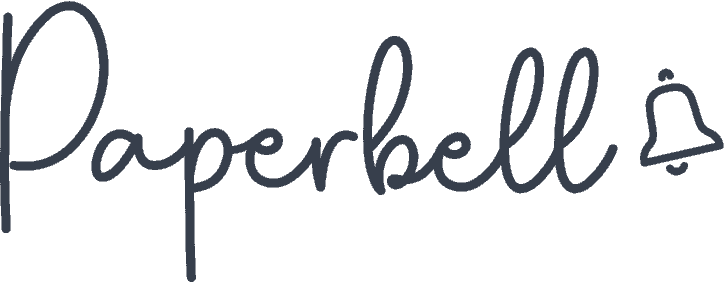If you’re reading this, chances are you’re looking for a more efficient project management solution to manage your coaching clients.
This post explores the key features of the project management software Dubsado, where it falls short, and the best alternative.
If you’re a photographer, graphic designer, creative freelancer, or agency owner, this post likely isn’t for you.
However, if you’re a coach or consultant looking for a streamlined client management system, we’ve got just what you need.
Keep reading to discover the best Dubsado alternative for your coaching business.
What is Dubsado?
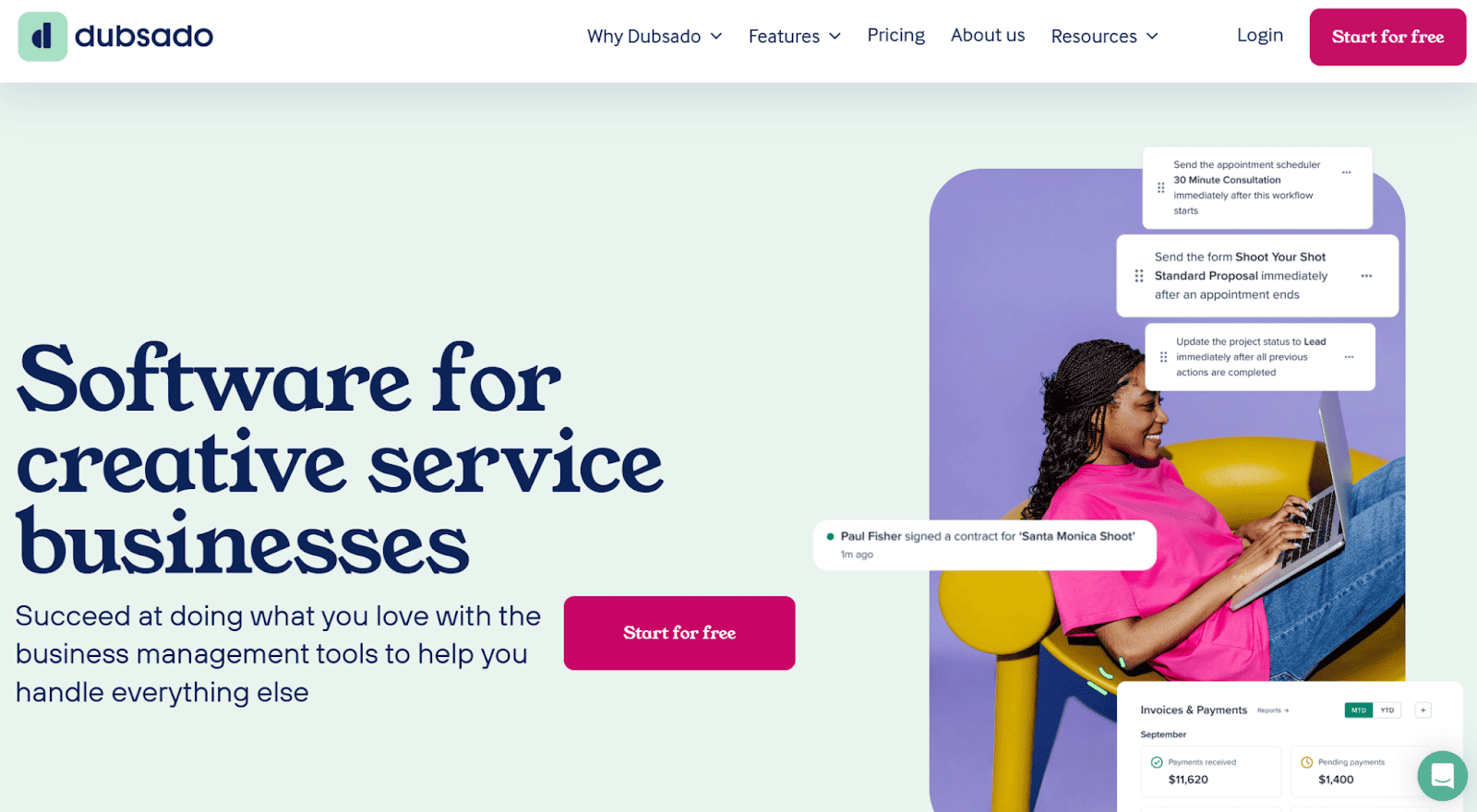
Dubsado is a customer relationship and task management platform for freelancers, small teams, and agencies.
Its key features include email outlines, to-do lists, time-tracking, and a revenue overview.
The functionality of Dubsado is centered around sales pipeline management and selling custom projects to various clients.
The task management tool offers a free trial for your first three projects. Depending on the number of users or team members you want to onboard, subscription plans range from $25 to $60.
6 Major Downsides of Dubsado for Coaches and Consultants
Dubsado is a well-designed system for freelancers and small creative teams who want to track and collaborate on multiple projects. It’s also handy for some administrative tasks.
However, Dubsado isn’t designed for coaches and consultants who want to sell packages and sessions in a simple, automated system.
After a deep dive into Dubsado’s functionality, we found that it falls short in these six key areas when supporting coaching businesses.
1. You Must Create a New Project For Every Client
Dubsado is designed for customer relationship, project, and sales pipeline management. It tracks deals from start to finish with individual clients.
This works great for creative businesses that offer custom projects to each individual client with a different structure and price. However, it creates a lot of unnecessary work for coaches and consultants who sell packages.
In Dubsado, you must set up a new project and task management list for every client engagement. Then, you need to manually send invoices and proposals using their forms and templates.
This creates a lengthy back-and-forth of emails and meetings for each client, making it difficult to track which invoices are paid and which sessions are booked.
Dubsado allows you to save your “canned emails” or templates in its CRM for follow-ups, but it doesn’t provide a way to automate these repetitive tasks (like sending recurring invoices) and eliminate them altogether.
So, if you use a project management tool like Dubsado, you’ll end up doing busywork instead of selling coaching packages in your sleep.
2. It’s Designed for Teams, Not Service Providers
The main reason Dubsado lacks a coach-friendly interface is that it’s mainly used by teams and agencies (that’s why it’s priced by the number of team members). Most data points you can track on its dashboard are redundant or unnecessary for a solo service provider.
Dubsado tracks the number of projects being worked on each week. This comes in handy for managing a team or working on freelance projects but isn’t the best for delivering coaching contracts, typically running through several weeks or months.
There’s no way to check how many clients are enrolled in a particular coaching package or to set up and manage group coaching programs. This makes client management tedious.
3. It’s Freelance-Friendly But Not Coach-Friendly
Dubsado lets you track your time spent on a particular project, which is great for freelancers who charge by the hour. However, as a coach or consultant, this approach is not the best, as it forces your clients to focus on the time you spend with them instead of the value you deliver.
[Read: The 4 Pillars of Sold-Out Life Coaching Packages ]
Dubsado’s workflow focuses on applying to open jobs and negotiating rates with each individual client. Instead, as a coach, you need to set clear terms, design structured packages, and sell them to your target audience without adjusting them for each client.
4. Limited Scheduling Options
Dubsado’s scheduling tool is technically another pipeline where you can set up email templates, send them to clients, and ask them to book your calendar. It’s almost the same as the old-fashioned way of emailing prospects, just with templates.
You need to set your availability with each email you send out, and there’s no way to add buffer time between your sessions to take a break or prepare for the next one.
5. Sessions & Downloadables Can’t Be Tied to Projects
A crucial part of managing a coaching practice is keeping track of sessions delivered in each coaching engagement according to their contacts.
In Dubsado, you can’t set the number of sessions included in a project, so you need to manually track progress and note how many were delivered or still remain.
There’s no way to add downloadables and course materials to your packages either. You need to keep track of what’s included in each package and who received what, and send all the downloadables out by yourself.
6. Payments Aren’t Automated
When you use Dubsado, you need to contact clients via email, send them your proposals, create an invoice, and follow up on payments until your (very) hard-earned money reaches your bank account.
Accepting online payments directly on the landing page of your packages is not possible.
Dubsado’s payment plan feature allows you to calculate the amount of each installment you need to bill, but you still need to request and follow up on each payment manually. This creates even more work.
Additionally, not all countries and currencies are supported in it, so you might miss out on the opportunity to build a global clientele or to run your business in a country or currency that isn’t listed on their site.
Paperbell: The Best Dubsado Alternative for Coaches and Consultants
Like Dubsado, Paperbell is an online client management tool. However, Paperbell was specifically designed for coaches and consultants. It’s built around the functionality and workflow best suited for appointment-based service providers.
So, if you’re ready to make the switch, Paperbell has everything you need to manage your clients and give them the best experience.
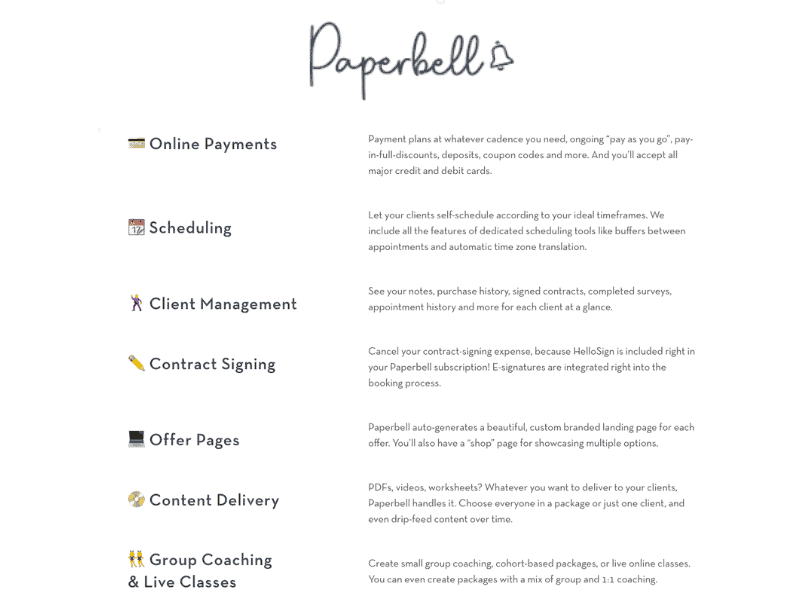
It lets you create custom packages and automatically creates optimized landing pages you can personalize for your brand. You can onboard clients by simply dropping them a link to it.
Your new intake will be guided through your onboarding flow automatically and get access to their simple client portal.
Paperbell handles your bookings, payments, contracts, surveys, and a lot more.
If you put Dubsado and Paperbell side by side, it’s pretty clear that the former was meant for creative teams and freelancers, while Paperbell was designed for coaches by coaches.
Here are the best features of Paperbell that make managing coaching clients a walk in the park.
1. Easy Scheduling
Paperbell has a “pay first, schedule next” system. This means you don’t have to send emails for appointment bookings or payment reminders.
Instead, clients can pay you on your shop page like in any store. They only get access to your session calendar once their outstanding payment is settled.

If you wish, you can set a custom availability for each package. This way, you can group all your discovery calls for Monday, breeze through your session schedule for the rest of the week, and keep your mornings free for other tasks.
How to Set Up Calendar Availability for Client Self-booking
Paperbell’s scheduling tool is integrated with Calendly, so you can customize your coaching schedule with buffer time between your sessions. You can also set a notice period that prevents clients from booking you at the last minute.
Once a new session is booked, it gets automatically saved in your calendar and sent to your client with a meeting link attached.
2. Only the Reports You Need
Paperbell’s interface is exceptionally well-designed, making managing a coaching business feel like child’s play. You can easily track the performance of your packages by looking at:
- The number of clients enrolled in each package
- Revenue by package
- Revenue by client
There are no cluttered dashboards with open invoices, sample jobs, and templates you don’t need anyway. Paperbell eliminates these processes altogether and creates the fastest shortcut between promoting your services and getting paid.
3. Deliver Full Client Experiences
Paperbell isn’t just designed to make your life easier; it also makes working with you a breath of fresh air.
Your Coaching Client’s Paperbell Portal
Clients love hiring coaches and consultants who use Paperbell because they can settle their payments with ease using their cards, sign their contracts digitally, and book their first session straight away.
Later, they can log in to their own dedicated client portal to check how many sessions they have left, book the next one, and renew their packages without contacting you.
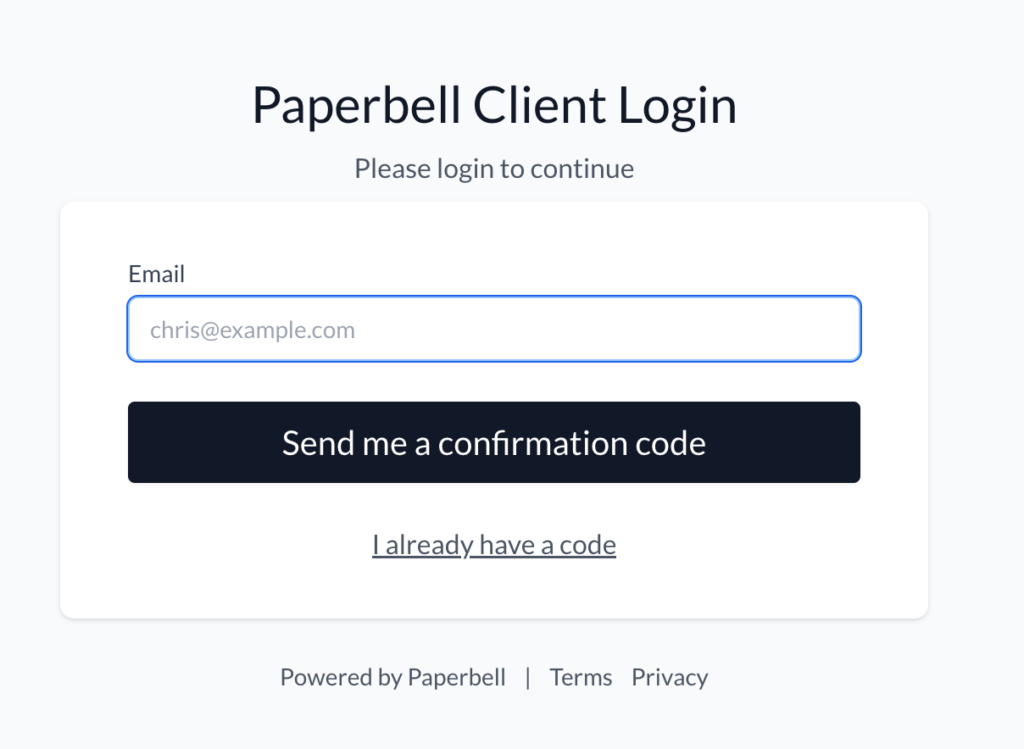
You can increase the value of your coaching packages by adding bonus digital downloads and course materials like worksheets, audio recordings, or e-books.
4. Automated Payment Plans
You can offer various payment plans for your packages, such as:
- One-time payments
- Payment plans with installments
- Subscriptions
You control the number of installments per package, their individual prices, and when they are due. For example, a 6-month coaching program can be paid in three installments of $200 each, due every two months.
Create Flexible Payment Plans in Paperbell
The next payment will be automatically deducted from your client’s card provided at the time of their purchase.
Paperbell integrates with Stripe or Paypal, so your payments get processed promptly without any manual work.
5. Get a Ready-Made Coaching Website
Paperbell is more than a client management system; it runs your entire coaching business, including your website.
You don’t need to deal with website themes or builders. Just fill in the blanks in a ready-made website template equipped with everything a coaching business needs.
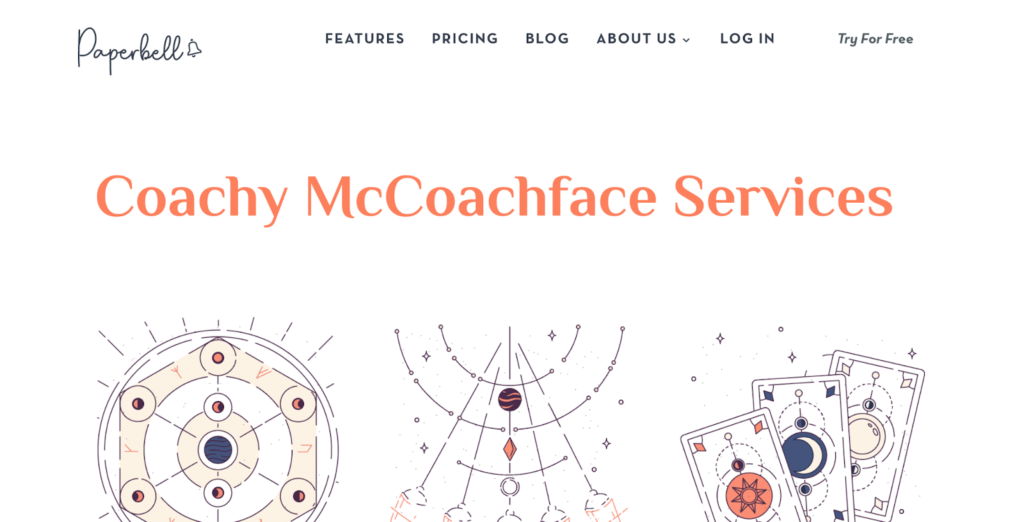
Your homepage will display your essential one-pager information, including your visuals, bio, package options, testimonials, and FAQ. You can personalize your page with the fonts, colors, and visual elements that best suit your brand.
Each of your packages will get its own landing page, where clients can learn more and sign up with built-in scheduling, payments, and contracts—no integrations needed.
The Biggest Difference Between Dubsado and Paperbell: Sell In Your Sleep
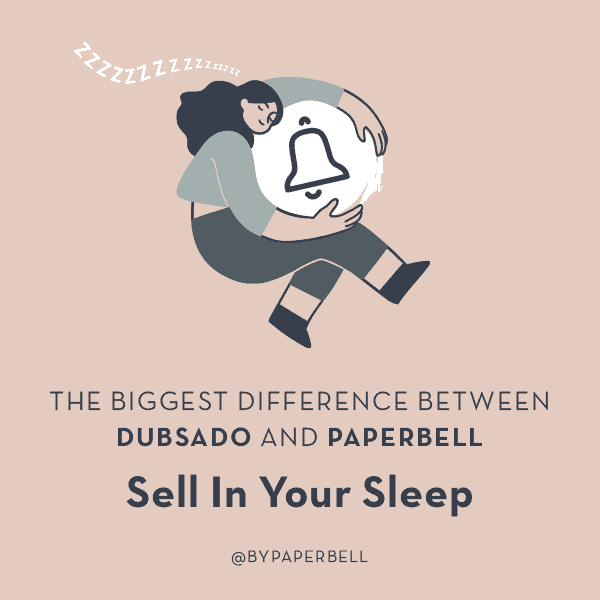
Dubsado works on a pipeline basis, which requires you to manually send proposals and invoices to each client before they can pay you. Paperbell is based on an always-on, “sell in your sleep” paradigm.
Clients can buy your packages like in an online store anytime without the need to go through you. Simply share your shop page link on your online channels or send it to prospects, and consider onboarding done.
Here’s a sample Paperbell website with the entire payment and session-booking flow baked right in.
FAQ
What’s Better Than Dubsado?
For coaches and consultants, Paperbell is a better alternative. It automates bookings, landing pages, payments, and client management, eliminating the manual work required in Dubsado.
Who Is Dubsado Best For?
Dubsado is ideal for freelancers, creative agencies, and small teams managing custom projects. However, it lacks automation and streamlined workflows for coaches.
Which Is the Best Tool for Life Coaches?
Paperbell is the best tool for life coaches. It handles scheduling, payments, contracts, landing pages, surveys, digital downloads, and a lot more, making it easy to sell and manage coaching packages.
What’s the Difference Between Dubsado and Paperbell?
Dubsado is built for project-based businesses, while Paperbell is designed for coaches. Paperbell automates payments, session bookings, and client management seamlessly.
Over to You
Dubsado was mainly designed for freelancers, teams, and agencies. It’s great for managing CRM pipelines but isn’t the best for offering packages to and managing coaching clients.
Paperbell eliminates unnecessary processes and offers an all-in-one client management tool designed specifically for coaching businesses.
Try it out for free with your first client—all features included.

Editor’s Note: This post was originally published in August 2023 and has since been updated for accuracy.
